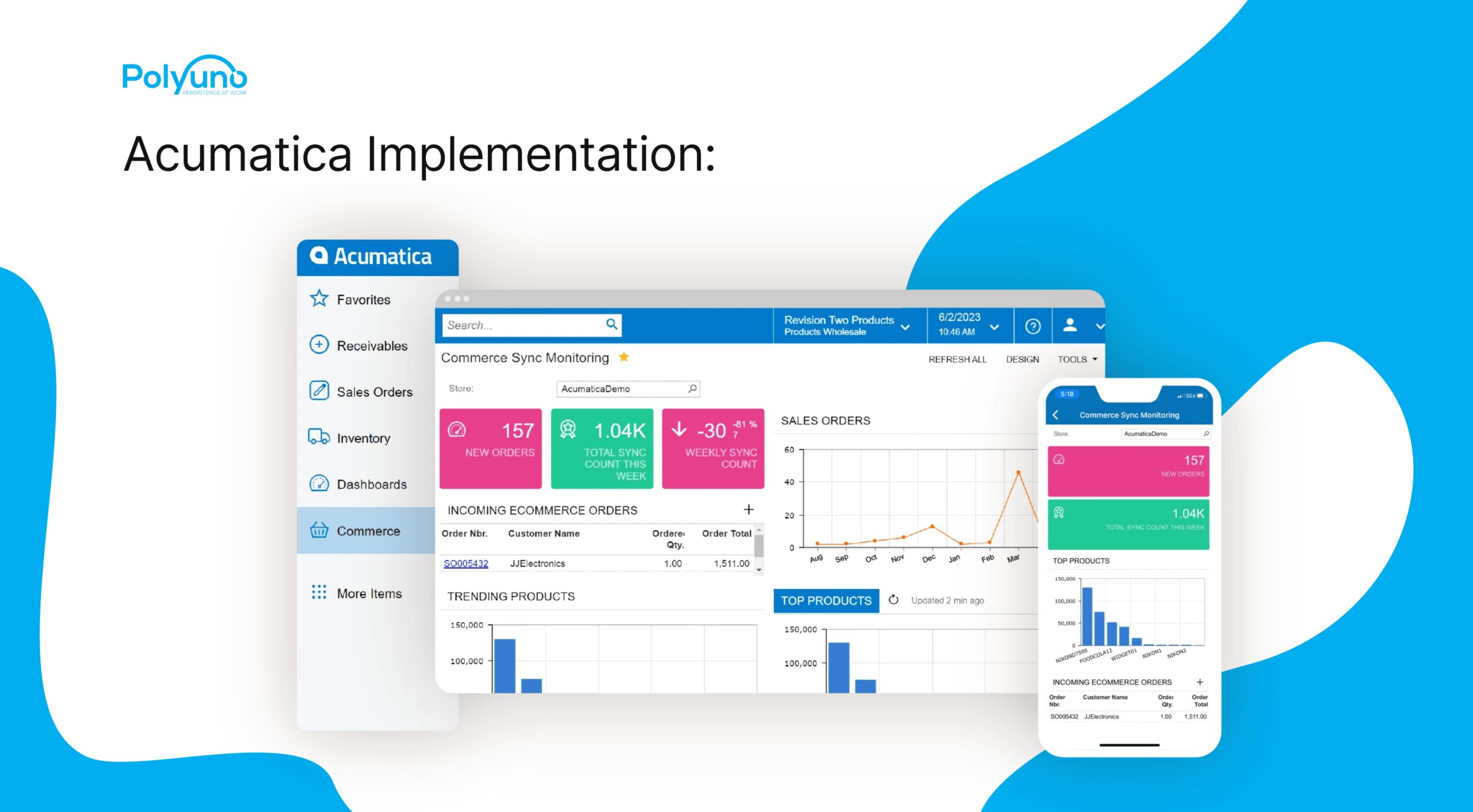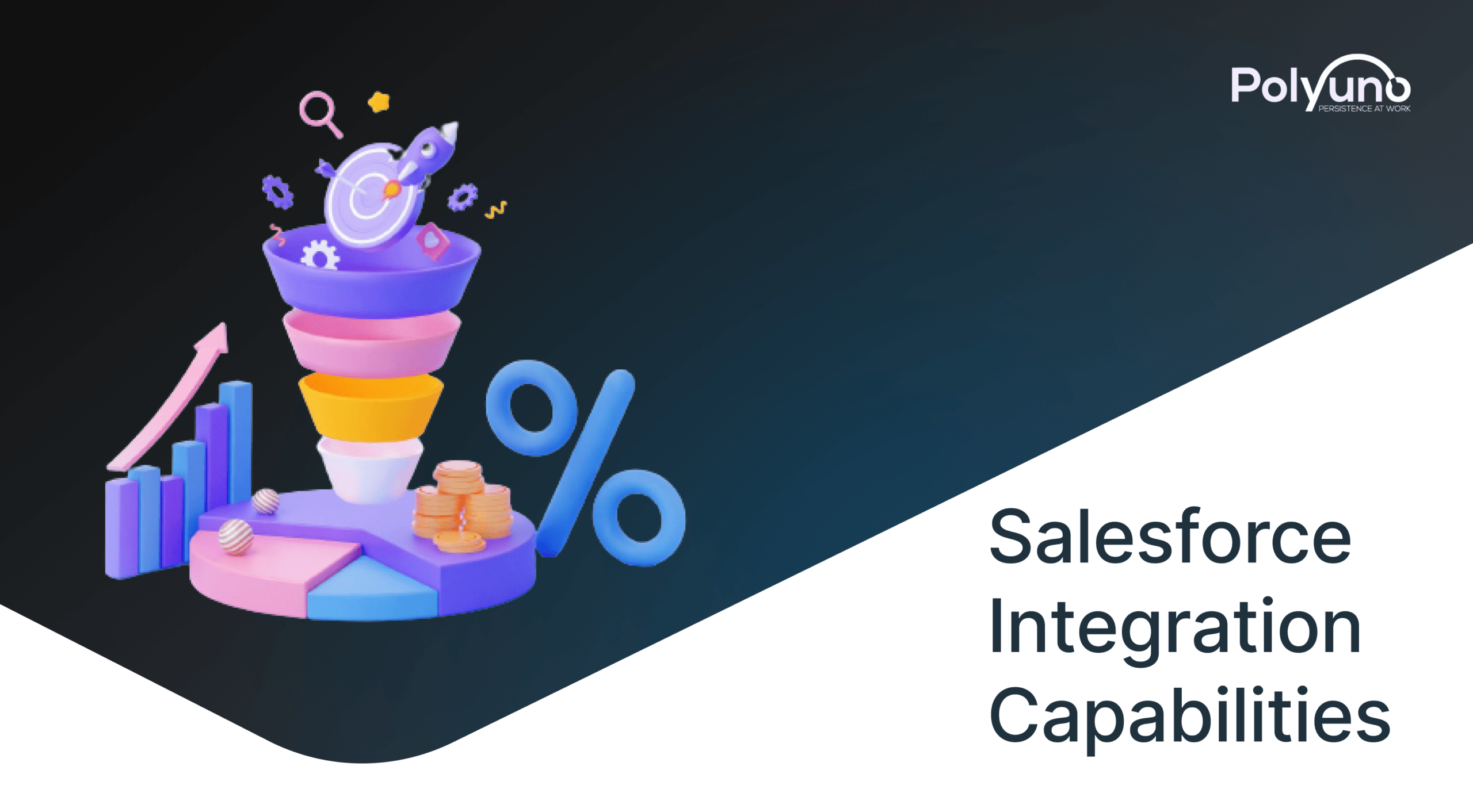The global public cloud services industry is now dominated by SaaS. Businesses benefit from the increasing SaaS industry's equal-opportunity environment. It affects businesses of all sizes, from start-ups to tech behemoths. You may outsource a few services without too much worry or concern, which does not do SaaS development. This is why we've put together this guide, which covers all you need to know about SaaS development, including what a SaaS model is, the benefits and dangers it entails, and more.

Table Of Content
- What Is SaaS?
- SaaS Development Stages
- Advantages & Disadvantages Of SaaS
- SaaS Revenue Models
- What To Look For A SaaS Development Company
- Conclusion
What Is SaaS?
Software-as-a-service, or SaaS, is a distribution and licensing model for software. It offers a subscription-based software application delivery service. In this approach, the provider gives users pay-as-you-go access to their SaaS product.
SaaS development businesses may be found all over the world. Offshoring is a popular way to save development costs. The level of quality and expertise in development firms, as well as the level of service management, differs substantially.
Some organizations just supply software developers, leaving clients to manage the prototype, backlog, development, and launch of a working software product. Many businesses, on the other hand, will provide some type of project management, even if it does not involve DevOps or quality control.
SaaS Development Stages
We recommend that software as a service development be separated into five key stages, as indicated below, to ensure compliance with all standards.
- Research & Discovery - This step entails obtaining and evaluating the client's expectations and product specifications. It also includes gathering and evaluating data on the market and key demographics. Business objectives and needs are developed as a result of this.
- Product Design - Your SaaS product development business analyzes the product's concept and builds a prototype in the second step.
- Product Development - The final product, often known as the MVP (minimum viable product), is created in the following step. The MVP is a stripped-down version of a product designed to satisfy early users and gather input for future growth.
- Optimization - This phase entails extensive software testing and the correction of any faults or problems discovered. In contemporary development lifecycle models, testing is a component of all the stages. When the product is completely bug-free and fulfills all of the standards, the QA process is complete.
- Deployment, Surveillance & Support - The last step begins with the application's deployment. Your SaaS application development business keeps track of and resolves any problems that arise.
Advantages & Disadvantages Of SaaS Development
If your firm is considering developing software, consider whether producing a SaaS product is the best solution. Let's talk about the advantages and disadvantages of developing SaaS applications.
Advantages Of SaaS
When weighing the benefits of SaaS development, consider what SaaS apps bring to the table from both a company and user standpoint. It's crucial to remember that the value your target audience derives from utilizing your SaaS will have a beneficial impact on your company objectives.
The following are some of the most notable benefits of SaaS development -
Saves Time
When opposed to traditional service models, one of the largest and most beneficial advantages of employing the SaaS business model is how simple it is to install and deploy apps.
It cuts down on administration and installation time while also removing the problems that occur with software distribution. It also gives organizations the flexibility they need to evolve and modify as required. If a firm wants a KPI dashboard software, for example, rather than purchasing a license offline, they may pick a SaaS software and establish accounts for the whole team in minutes.
Reduces Cost
Reduced deployment and maintenance costs benefit everyone, including SaaS developers and their customers. Consider this - when a company chooses to use a SaaS instead of developing their own solution, they save money on software development and infrastructure, which is a strong selling point. You give them a highly appealing option to in-house, uniquely tailored solutions by selling a product that delivers considerable cost reductions.
Easily Accessible
Another significant advantage of designing SaaS apps is how simple it is for consumers to try out and utilize them. Your consumers may access the software program from any location and at any time. It's simple for them to join up for a trial and see whether they're a good fit.
User volume, on the other hand, works in your favor - the more leads you can get to test the free version of the product, the more likely you are to generate income for your company through subscription plans. It's important to note that SaaS solutions are well suited to the present market situation, with an increasing number of companies adopting remote work.
Let's take a look at the disadvantages associated with SaaS app development, now that the advantages have been discussed.
Disadvantages Of SaaS
Hard To Scale
The truth is, if your product isn't scalable, your company won't expand. Customers may choose to abandon you for one of your competitors if you fail to maintain excellent app performance. This is understandable, especially if their businesses rely on your services and will not accept sluggish software. You must constantly evaluate and enhance your SaaS software to be competitive -
- Your software's integrations (for instance, whether or not you're compatible with the various tools that many of your clients utilize)
- User Experience. or UX (such as updating the user interface, branding, site layout, or evaluating customer journeys)
- Feature Descriptions (create the product roadmap and analyze feature requests from users)
To put it in plain terms, applications that are scalable will help you attract consumers and bring long-term value to your company.
Security Concerns
Businesses and software manufacturers alike are concerned about data protection and security. When you recruit users, you must also protect their information. The repercussions of failing to do so can be severe. Even the world's largest software corporations are concerned about security risks.
If your SaaS provides insufficient security, personal data, secret corporate data, bank details, and much more might be exposed. As a consequence, not only will you jeopardize the security of your client's data, but your firm’s reputation will suffer as well, and no reputable organization will want to partner with you.
Monetization
Your SaaS software must generate income in order to be successful in the long run. However, from the beginning, commercialization has been one of the most difficult issues. To begin, you must determine how you will recruit consumers and make cash. Will you provide a free app in exchange for ad revenue? Or are you going to rely on a free trial to persuade customers to pay for your service?
You'll also need to consider how pricing will alter as your business expands and the competitive landscape changes. You must always maintain the proper value-for-price ratio.
Furthermore, keep in mind all of the above and ensure that your revenue plan is viable and provides for all app updates and maintenance expenses.
SaaS Revenue Models
Consider your project schedules, marketing requirements, and financial limits when choosing your SaaS application development monetization approach. The most typical pricing structures used in SaaS enterprises are listed below.
Free (Ad-Based Revenue)
In this arrangement, the consumer is provided free access to your whole SaaS product. On the one hand, using this strategy is more likely to attract users than charging your clients. On the other hand, you'll have to come up with new ways to make money. As the user travels between screens, for example, you may show brief in-app adverts.
Freemium Model
One of the most popular business models for consumers and developers is the freemium model. It offers customers free access to basic capabilities before charging them for premium options. The Freemium concept sometimes incorporates many tiers of premium programs. Both the client and the SaaS firm benefit from such a setup.
A freemium model allows users to try out a product before deciding whether or not they want to invest more. Users are already satisfied that the app is worth paying for when they upgrade from a free account, which reduces app abandonment and churn rates for the organization.
Subscription Model
The subscription concept is comparable to the Freemium model. The key distinction between them is that the subscription model does not provide a free plan. It has a single premium plan that gives you access to all of the app's features for a certain length of time. B2C apps like Netflix or Amazon Prime are the greatest examples of subscription models that most consumers are familiar with. You pay a monthly fee, and then you get access to all of the platform's videos.
One of the key reasons why companies choose to develop SaaS apps is because of the subscription model. In fact, it is not an exaggeration to say that the Software as a Service business is undergoing a complete transformation.
Subscriptions are now available for out-of-the-box products that used to cost thousands of dollars. Anyone may subscribe to a SaaS product by visiting the website. Furthermore, such a revenue model allows for excellent upselling options, such as providing related services or products.
One-Off Purchase Model
Finally, SaaS programs are also available as a one-time purchase. It implies that users just have to pay once and may continue to use the product eternally. It has grown less popular in recent years since it isn't always financially sustainable - especially because SaaS applications must be maintained on a regular basis. You must continually attract additional users by spending on marketing in addition to security, UX changes, and ensuring good app performance.
We'll look at how to find the finest SaaS development services partner for you now that you've learned about the pros and hazards of SaaS apps and how they're marketed.
What To Look For A SaaS Development Company
A Complete Team
Keep in mind that not all management services are made equal. Make sure that your development firm not only manages the developers, but also the product. That is the main point of distinction.
A firm that controls the product from start to finish should be able to see it through to launch and beyond. In order to accomplish so, they'll need more than just coders on board.
Portfolio
Seeing examples of their work is one of the finest methods to determine whether or not a company can put your concept into life. Case studies are a great way for competent SaaS application development businesses to demonstrate their expertise. You must investigate the vendors' websites or accounts.
When analyzing their portfolio, look for the faced challenges, added functionality, project complexity, usability, and UX/UI design
Flexibility
The firm you partner with should not only have every expertise needed to build a successful product, but they should also have flexible alternatives that allow you to access the talent you need when you need it, even after the majority of the development work has been completed. You should be able to add and delete resources as needed.
After all, quality clubs shouldn't try to coerce you into a deal in the first place. They'll know that if they perform a good job and produce a product that people will pay for, you'll keep paying them.
Reliable MVP Process
MVP developers realize that the product you need to launch and start generating money should be as small as feasible in order for your business to become profitable much faster. The majority of SaaS businesses lose money in their first year. An MVP that is too big can result in a two-year or longer loss of revenue. In other words, if you spend too much time in the beginning building unneeded features, it will take you longer to catch up.
Technological Expertise
When business owners and executives are ready to recruit developers, they usually have a framework or programming language in mind.
Don't forget to double-check that the firm specializes in what you're searching for. If you're not sure what your product should be made of, chat to someone from a reputable firm to figure out what would be the greatest match.
Conclusion
SaaS apps will continue to be a popular software development choice. There are various advantages to developing SaaS software. Cost-effectiveness, reduced time to benefit, and accessibility are the most important factors.
Working with an external SaaS development services company is a good idea if you have a SaaS application idea but lack the expertise to develop it internally. If you’re in this boat and don’t know where to get started, you can consider PolyUno.
PolyUno is one of the leading web and app developers in the market. With our integrated approach, we help you build scalable, efficient, and powerful software applications for your business needs.




